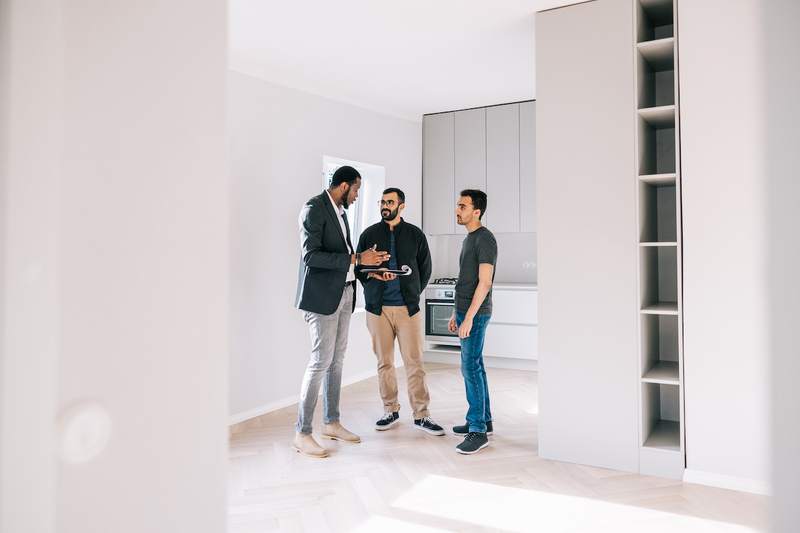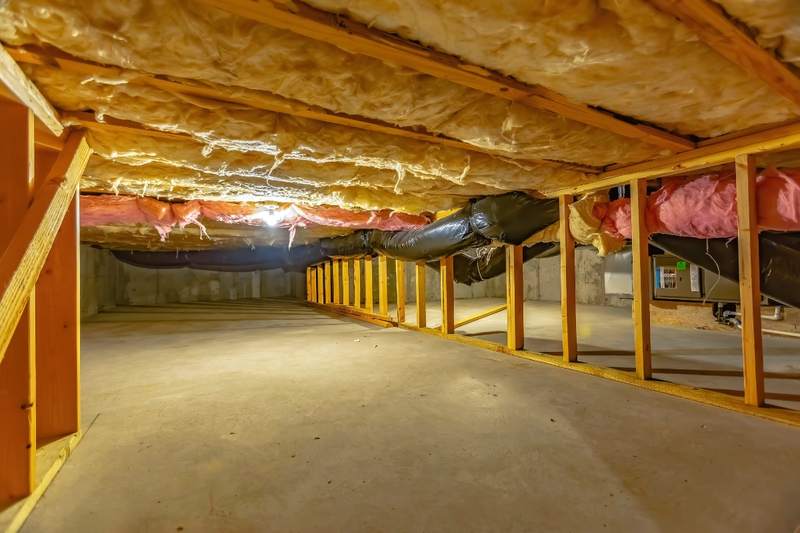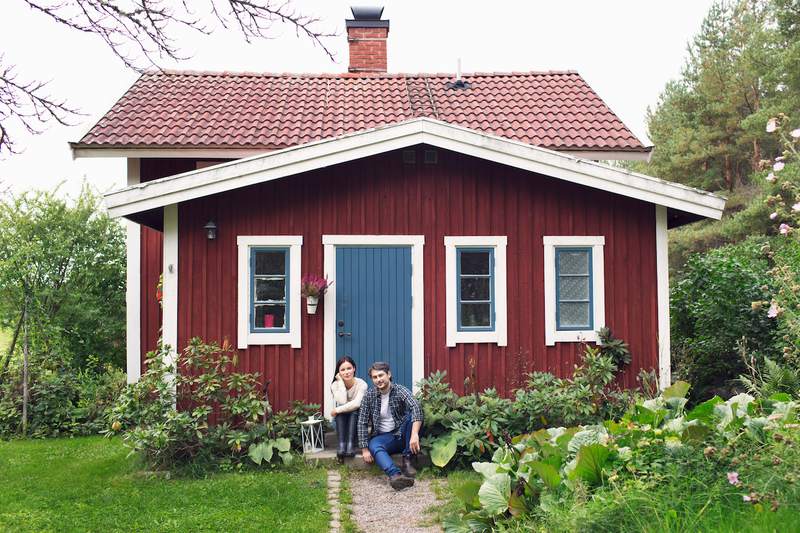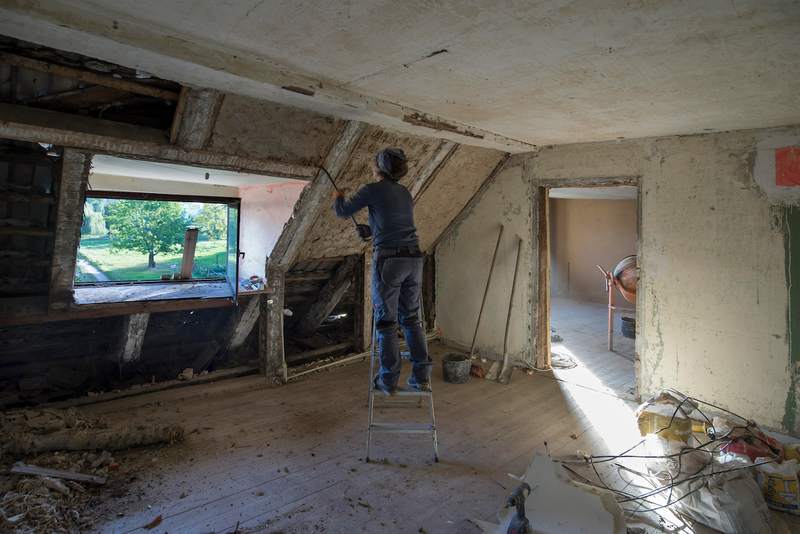
In a perfect world, your future home would include all the bells, whistles, and features you need and want. But unless you have an unlimited budget, it’s important to be realistic and to prioritize the features that matter most to you. To do this, it can be helpful to separate your wants vs. needs vs. must-haves when buying a home.
What Is a Homebuying Want?
A homebuying want is a feature that you would like your home to have but don’t absolutely need.
For example, you might want a pool to splash around in on hot days. But if it’s not in your budget, you’d be fine with buying a home without a pool and swimming elsewhere.
Separating your wants from features that matter more to you can help you manage your expectations for how much home you can afford.
Some common homebuying wants include:
- A view.
- Pool.
- Hot tub.
- Garage.
- Fireplace.
- State-of-the-art appliances.
- Skylights.
- Open floor plan.
- Hardwood floors.
What Is a Homebuying Need?
Homebuying needs are features that are more important to you. A home has to have some — if not all — of these features for you to consider buying it.
For example, you might need a home to be a reasonable commuting distance from work. If you work from home, you might need a home office.
Some common homebuying needs include:
- Specific location.
- Proximity to work.
- Price ceiling.
- Air conditioning.
- Large kitchen.
- Good school district.
- Backyard.
“Typically, buyers will indicate the need for at least a number of bedrooms, bathrooms, square footage, and a price ceiling,” says Todd Waller, a real estate sales executive at Berkshire Hathaway HomeServices in Ann Arbor, Michigan.
What Is a Homebuying Must-Have?
A must-have is a need that you absolutely cannot live without, and cannot be flexible about. For example, if you are married and have two children, then a one-bedroom home isn’t going to work. In that case, you’ll need a home that has at least two bedrooms.
Some common homebuying must-haves include:
- Number of bedrooms.
- Number of bathrooms.
- Price within your budget.
- Proximity to family and friends.
- General location.
According to Waller, you may have to make some adjustments to what you consider wants vs. needs vs. must-haves — especially when the home inventory is limited.
“In many circumstances, the items that a buyer says they must have in a home quickly become a need or a want, depending on what the market in general has to offer,” Waller says. “Part of the differentiation comes from what their specific market offers over time, and what timeline the buyer has to work within.”
Pros and Cons of Making a Wants vs. Needs vs. Must-Haves Checklist
Here’s a look at some of the pros and cons of having a wants vs. needs vs. must-haves checklist:
Creating a Wants vs. Needs vs. Must-Haves Checklist: Pros and Cons
| Pros | Cons |
| — Can save you time. — Can save you money. — Can help you find the right home sooner. — Helps prevent emotional buying. — Helps your real estate agent narrow your search. — Helps you compromise without sacrificing too much. | — Takes a little extra time. — You may have to make some tough decisions. — Reduces the number of homes you may consider buying. |
“My advice to buyers creating this list is to use it to assess whether or not a home is worth seeing in person first,” Waller says. “Secondly, this list is of great assistance in narrowing down which homes to become serious about considering purchasing. In advising buyers, I suggest that they pursue homes that meet all of their needs and as many of their wants as possible.”
FAQ
Here are answers to some common questions about homebuying wants, needs, and must-haves.











